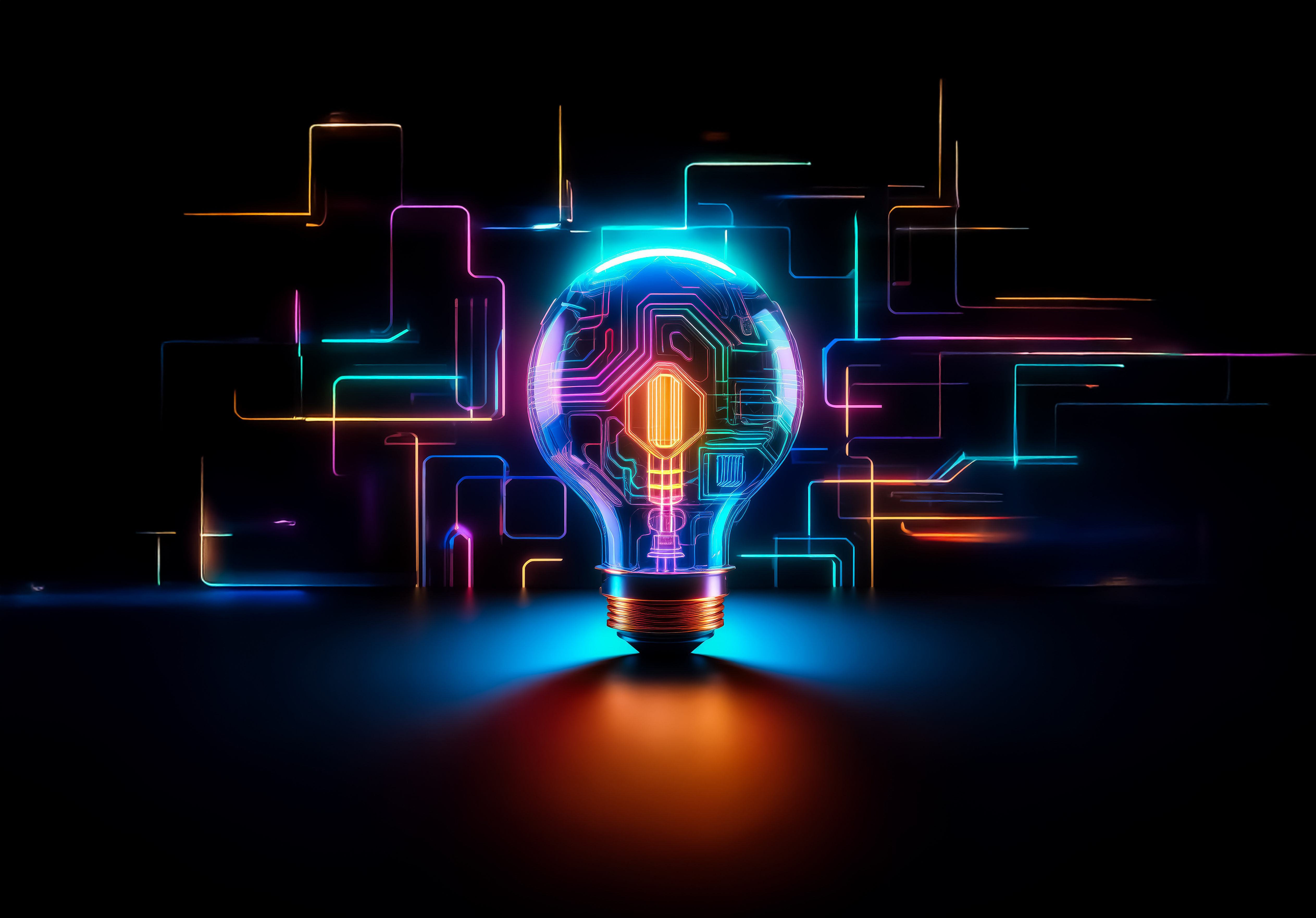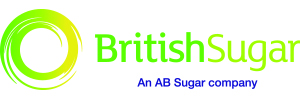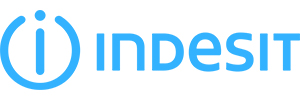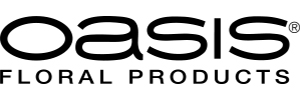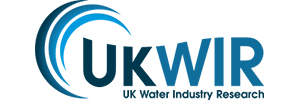There’s been no shortage of headlines suggesting that AI is taking over the creative world, one prompt at a time.
Designers, copywriters, marketers – we’ve all seen the memes showing the impact of AI. But while the robots might be fast, smart, and unnervingly efficient, there’s still one very important thing they’re not: truly creative.
And that, frankly, makes all the difference.
Human creativity still leads the way
Yes, AI can generate a hundred logos in the blink of an eye or churn out ten campaign headlines before you’ve finished your morning coffee. But let’s not confuse speed with originality. Most AI models are trained on existing content, so what it offers is remix, not reinvention.
Creativity, in the truest sense, is about generating something new. Something that’s never been seen, heard, or thought of before. It’s the “What if we…?” moment in a brainstorm or a slightly mad idea that ends up being genius. That spark? It can only come from a human.
Designers bring emotion, intuition, and context. They read between the lines of a brief, pick up on nuance, understand cultural shifts, and ask better questions. They create meaning, not just outputs.
So no, AI isn’t replacing designers. But used wisely, it can become a useful partner in the process.
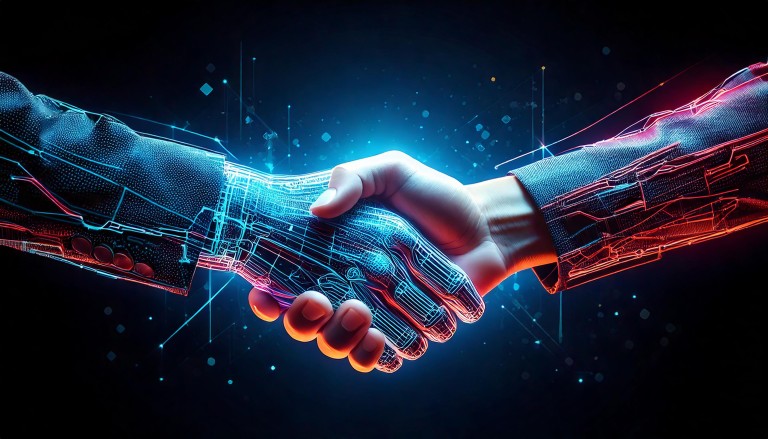
From tool to teammate
AI is a tool. But so is a hammer. It comes down to how you use it. Creative teams should see AI as a catalyst. A bit like having an enthusiastic apprentice. Someone who can generate quick ideas, throw in some wild cards, and help challenge your assumptions.
In short, it’s not about using AI to be creative but collaborating with it to enhance your own creativity.
But while we’re having this conversation about the impact of AI on creative, there’s another important one that often gets overlooked…
The environmental impact of AI
In marketing and design, sustainability usually gets discussed in terms of cutting down on packaging, removing unnecessary plastic, using recyclable materials, carbon emissions, and so on. These are undeniably important, but what if the biggest environmental issue in your creative process isn’t physical at all?
Every time you prompt an AI model – whether for a visual, a campaign idea, or an illustration – it taps into data centres that consume massive amounts of electricity and water. And we do mean massive.
The International Energy Agency estimates that all data centres used over 400 terawatt hours (TWh) of electricity last year. New estimates, reported by The Guardian, suggest that AI alone could consume nearly 50% of all data centre power by the end of 2025 – almost double the energy usage of the whole of the Netherlands.
And that’s before we talk about water. These same data centres require millions of litres of water per day to stay cool. Some of the largest facilities use more water daily than thousands of households combined.
So, while we debate the ins and outs of our designs and campaigns, we may be missing the bigger environmental elephant in the room.
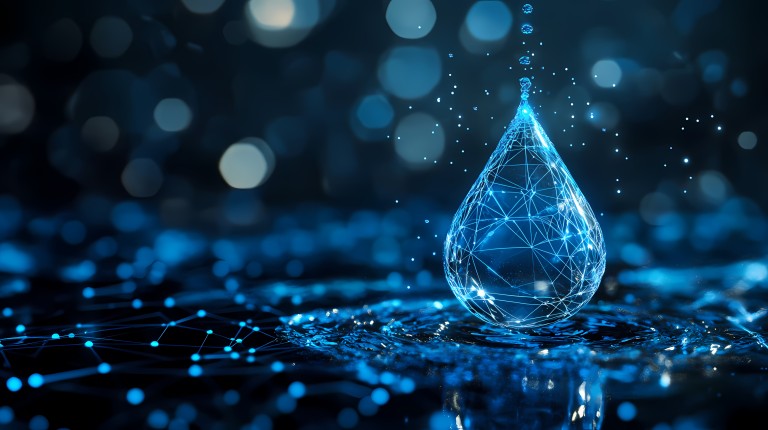
Creativity and responsibility
At the end of the day, AI is here to stay. The worst thing any designer or marketer can do is ignore it.
It’s fast, useful, and even inspiring at times. But it’s not creative in the way humans are. And it’s not carbon-neutral either.
This doesn’t mean abandoning AI altogether. It means using it intentionally. Guided by human thinking to enhance our creativity – and by a responsibility to our planet.
The future of design isn’t just about what we create, but how consciously we create it.


